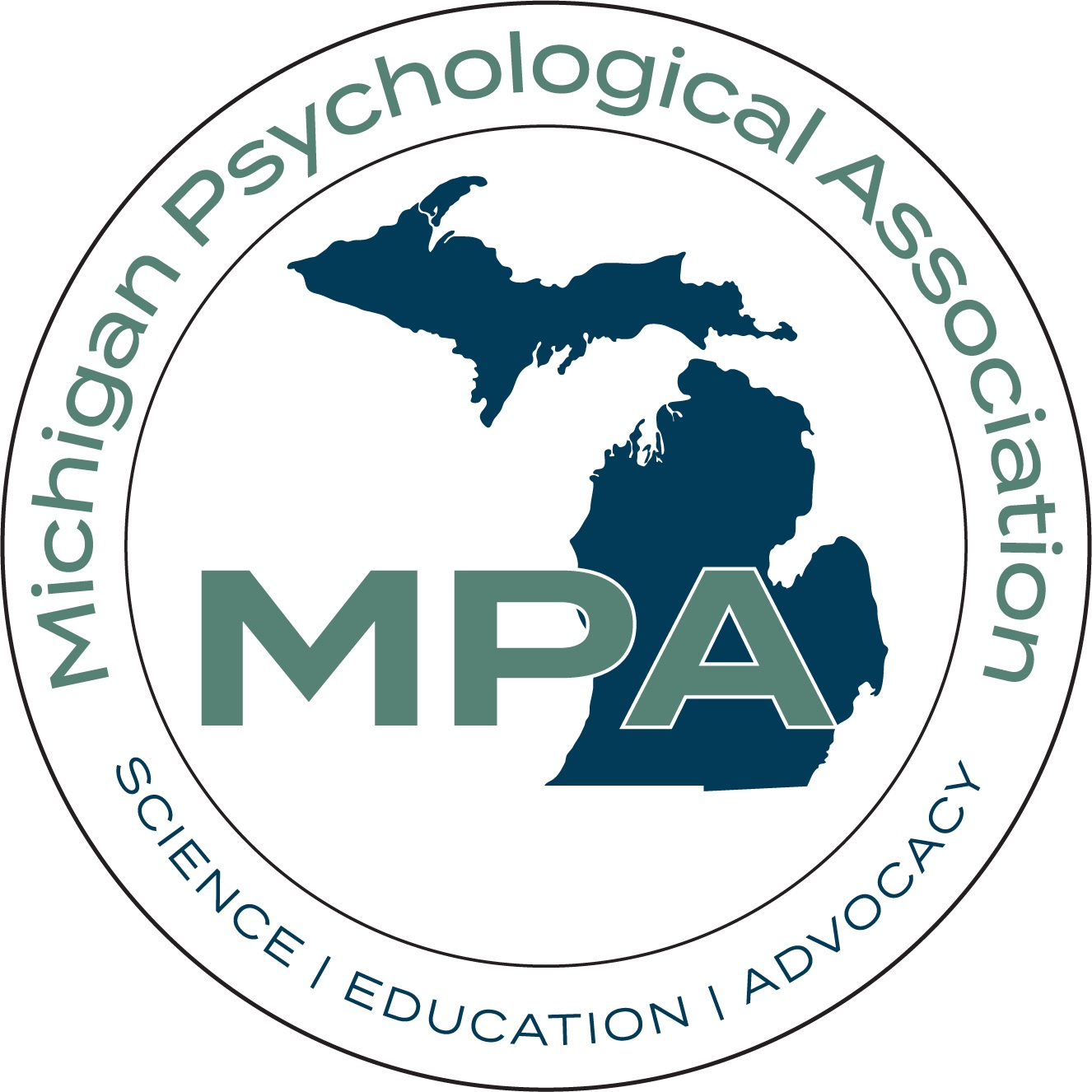Who Fares Better? Children Conceived Naturally or Those who are Conceived through Medially Assisted Reproduction?
What’s New in Psychology?
Who Fares Better? Children Conceived Naturally or Those who are Conceived through Medially Assisted Reproduction?
Jim Windell
Do children who are conceived naturally fare better at school? What about mental health outcomes for children who were conceived through medically assisted reproduction?
Who is at greater risk for school problems or mental health problems – children conceived naturally or those conceived through medically assisted reproduction?
A new study takes a look at this question and reports on the findings.
As reported in the European Journal of Population, children conceived through medically assisted reproduction (MAR) do somewhat better at school but are slightly more likely to have mental health problems by their late teens.
The new study to explore the link between MAR – including techniques such as IVF treatment, artificial insemination and ovulation induction – and young people’s educational outcomes and mental health was led by researchers at the UCL Centre for Longitudinal Studies and the University of Helsinki. The researchers used administrative records on 280,682 Finnish children born between 1995 and 2000, and compared a range of educational and mental health outcomes among adolescents aged between 16 and 18 who were conceived naturally (266,925) and through MAR (13,757).
It was found that adolescents conceived by MAR performed better in school, were less likely to drop out and were at a lower risk of not being in education or employment or leaving home early compared to naturally conceived adolescents. These differences mostly disappeared when family circumstances were accounted for, suggesting that socioeconomic background is an important factor in explaining this advantage. Researchers also found that adolescents conceived via MAR were not more likely to experience mental health problems. However, after accounting for family circumstances, the study revealed that they were at an increased risk of developing a mental disorder – particularly anxiety or depression – with around 10 per cent of MAR conceived adolescents compared to nine per cent of naturally conceived adolescents receiving a mental health diagnosis between ages 16 and 18.
The study is thought to be the first to examine links between mode of conception and mental health and social outcomes in adolescence. Previous research has focused on birth and early life outcomes of MAR children, however, less is known about what happens when they grow older.
According to co-author Dr Alice Goisis, who is with the UCL Centre for Longitudinal Studies in London, “We explicitly put a lot of focus on the social demographics of families who conceived through medically assisted reproduction – and our findings underscore the importance of integrating this perspective in studies of medically assisted reproduction and its consequences.
“What we’re seeing here is mostly reassuring; children conceived through medically assisted reproduction do better overall and are in fact not more disadvantaged in terms of mental health outcomes. However, the fact that we observe an increased risk of mental health disorders once we account for family characteristics could be a cause for concern and merits further attention in future research.”
Lead author, Dr. Hanna Remes, at the University of Helsinki, added: “Whilst we don’t have the data to explain why those born by medically assisted reproduction are at slightly higher risk of mental health disorders, we believe that this may be due to different mechanisms. The fact that MAR-conceived children tend to be the first-born – around 60 per cent of the children in the study – explained some of the excess risks. It is also possible that because of the process they went through, parents of children conceived by IVF, for example, may have been exposed to mental health problems, such as depression and anxiety, which may, in turn, have put the children themselves at higher risk of having mental health problems.
“Alternatively, they may be more apprehensive about their child’s welfare and more likely to make sure their child attends hospital or visits the doctor – and therefore these children may be more likely to get a diagnosis for certain conditions.”
Finally, it is important to point out that at this point the oldest child conceived by IVF is now 43. This means that this is an area of research which is relatively new and underexplored. Given the rise in the number of children being conceived via MAR for various reasons, it is very important that we understand the longer-term consequences on children and young people.
To read the original article, find it with this reference:
Remes, H., Carvajal, M.P., Peltonen, R., Martikainen, P. & Goisis, A. (2022). The Well-Being of Adolescents Conceived Through Medically Assisted Reproduction: A Population-Level and Within-Family Analysis. European Journal of Population, 2022; DOI: 10.1007/s10680-022-09623-6




